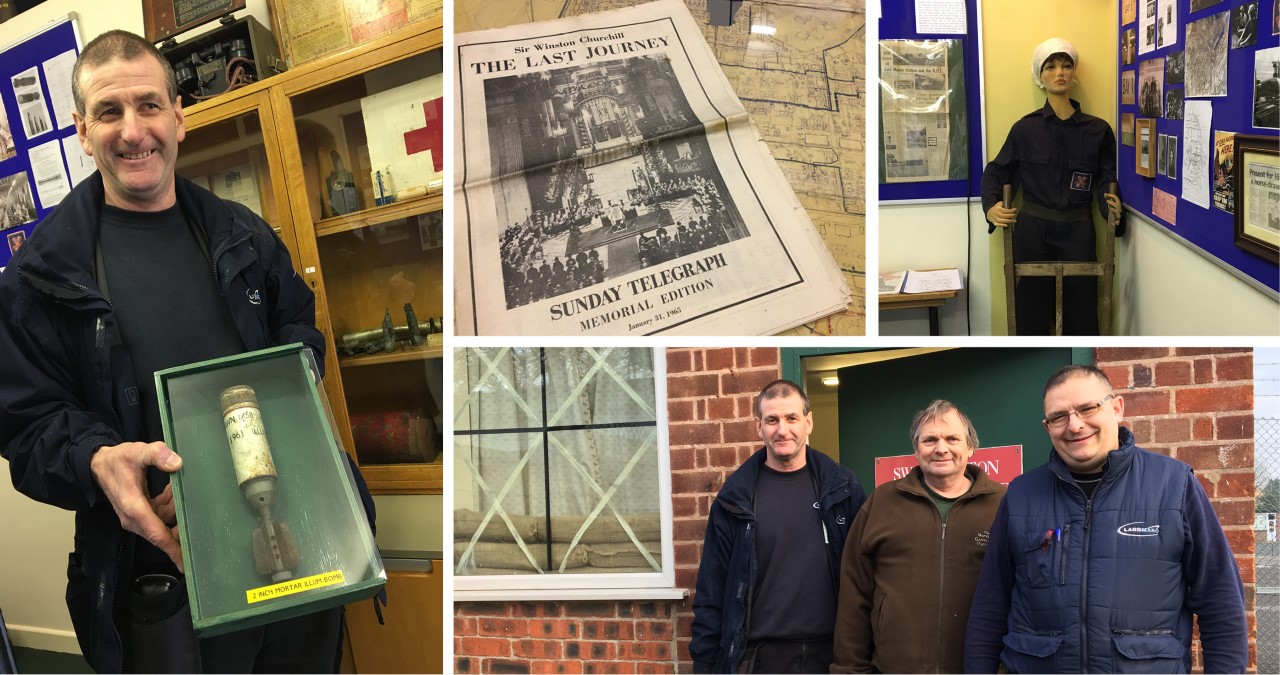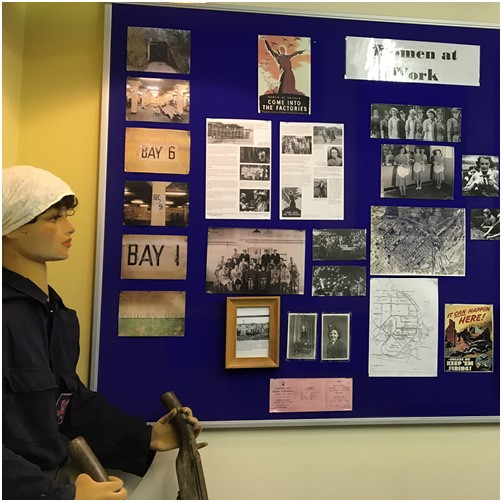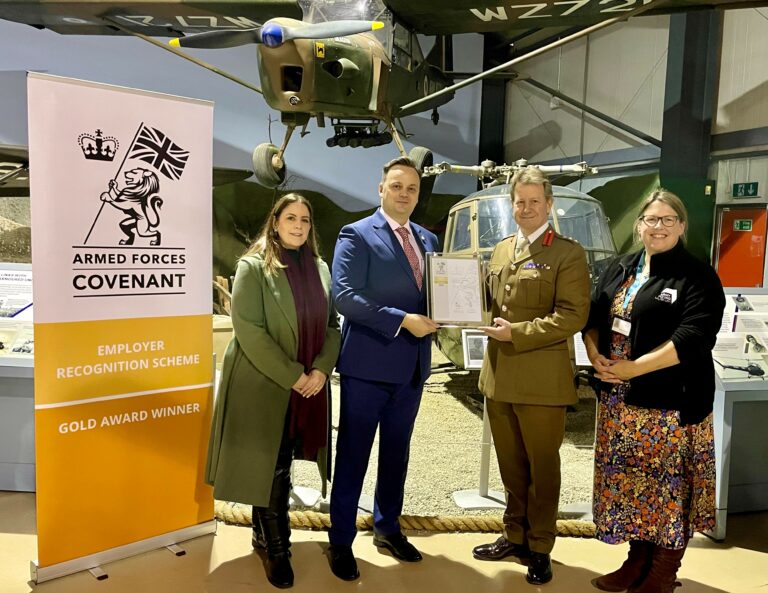Among the many scheduled ancient monuments and listed buildings that we are proud to maintain on the Ministry of Defence (MOD) National Training Estate, sits a little piece of British military history – the Swynnerton museum.

This tiny museum is proudly located at Swynnerton Training Camp in Staffordshire and traces the history of the site and its origins as a Royal Ordnance Factory (ROF) during the Second World War.
Created by three members of our own team, Training Area Operatives’ Dave Hargreaves, Basil Fielding and Anthony Small, in their own spare time, it’s had no special funding or investment. Instead, this wonderful collection was created as a fitting tribute to all the brave individuals that worked at the camp during the 1940s, some 33,000 people.
ROF Swynnerton was a filling factory, the most dangerous of the various types of munitions factories. For the people that worked on site, mainly women, the work was hard, filling bomb and shell-casings with explosive materials.
Dave Hargreaves, one of our Training Area Operatives at the camp talks about the special place that the museum holds on the site and some of the museum’s unique artefacts.
“Swynnerton has always been a fascinating place to work. It’s got such a rich history and over the years, myself, Basil and Anthony had collected various snippets that we had come across, which we kept in a cupboard.
“We all felt it was a bit of a shame to have all this great material locked away, so we decided to give one of the outbuildings a bit of an overhaul and turn it in to a museum for everyone on site to enjoy.
“There are all kinds of memorabilia, photos and documents on display, including plans for the original construction, details of some of the people that worked here and how unused ammunition needed to be disposed of.
“One of my favourite pieces is some pottery that was dug up, still bearing the original ‘ROF Swynnerton’ logo.
“It’s quite poignant too. The site was built incredibly quickly, from cornfield to a fully-functioning factory in just two years by more than 25,000 labourers.
“But health and safety wasn’t what it is today and sadly, there were fatalities, including the time that a train delivering the explosives to the factory blew up. It’s quite humbling to think about what the people who worked here went through and we like to think the museum honours their contribution in some small way.”
An important section in the museum celebrates the work of the ‘Swynnerton Roses’, the ladies that worked at the camp during the war. Some of the Roses still survive today and each year, the camp community takes the time to remember their contribution, and all those who have served at its annual armistice event, hosted by Landmarc and the Defence Infrastructure Organisation (DIO).
This year was no exception, as eight ‘Roses’ joined with family, friends, employees and local residents to remember all those lost in conflict since the 100-year anniversary of the ending of the Great War.
Dave said, “We’re adding to the museum all the time to try to build the most accurate picture of life on camp as we can. Whilst it’s not open to the public, visits can be arranged by contacting the Camp Commandant to give people the chance to have a look around.”




